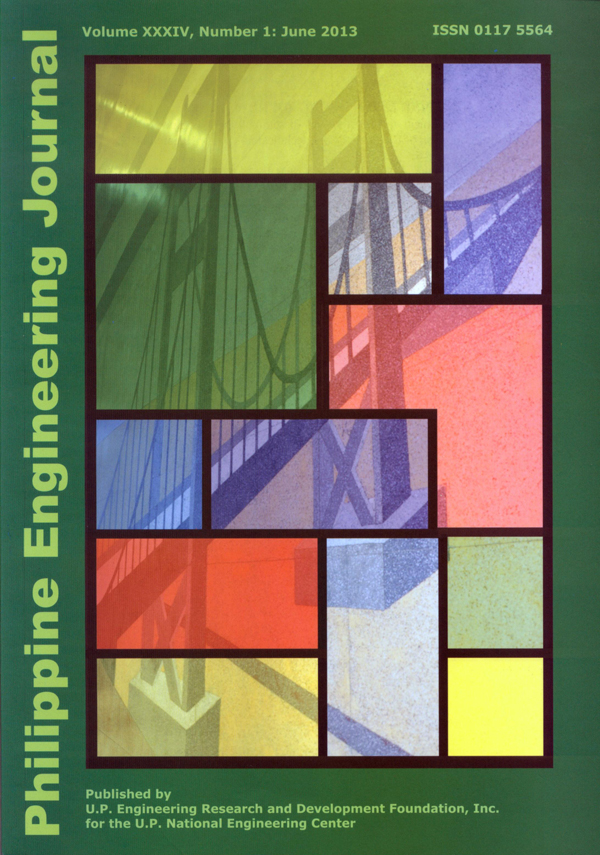TRAFFIC CONGESTION IN METRO MANILA: IS THE UVVRP STILL EFFECTIVE?
Abstract
The Unified Vehicular Volume Reduction Program (UVVRP), more popularly known as the “number coding” scheme was originally developed as a short-term travel demand management measure for Metro Manila in the light of on-going construction of transportation infrastructure projects in the 1990’s. Although the scheme was not meant to be a long-term policy, the UVVRP is at present still implemented along major roads in Metro Manila albeit with some modifications like the mid-day window. With the completion of those major infrastructure projects, various transportation stakeholders, particularly those who are significantly disrupted by the UVVRP are critical of its continuous implementation, especially now that the authorities are imposing the scheme on public transportation vehicles as well. A study was conducted in 2004 to evaluate the UVVRP. Several scenarios were developed to evaluate traffic performance for variations to the schemes. The conclusion at the time was that UVVRP was effective enough to address traffic congestion. With the present experience of traffic congestion along major roads throughout the day there is a clamor for revisiting the UVVRP and to determine if it is still effective in curbing congestion. This paper revisits the UVVRP and presents the way forward for addressing congestion in the metropolis.
Keywords: travel demand management, number coding


